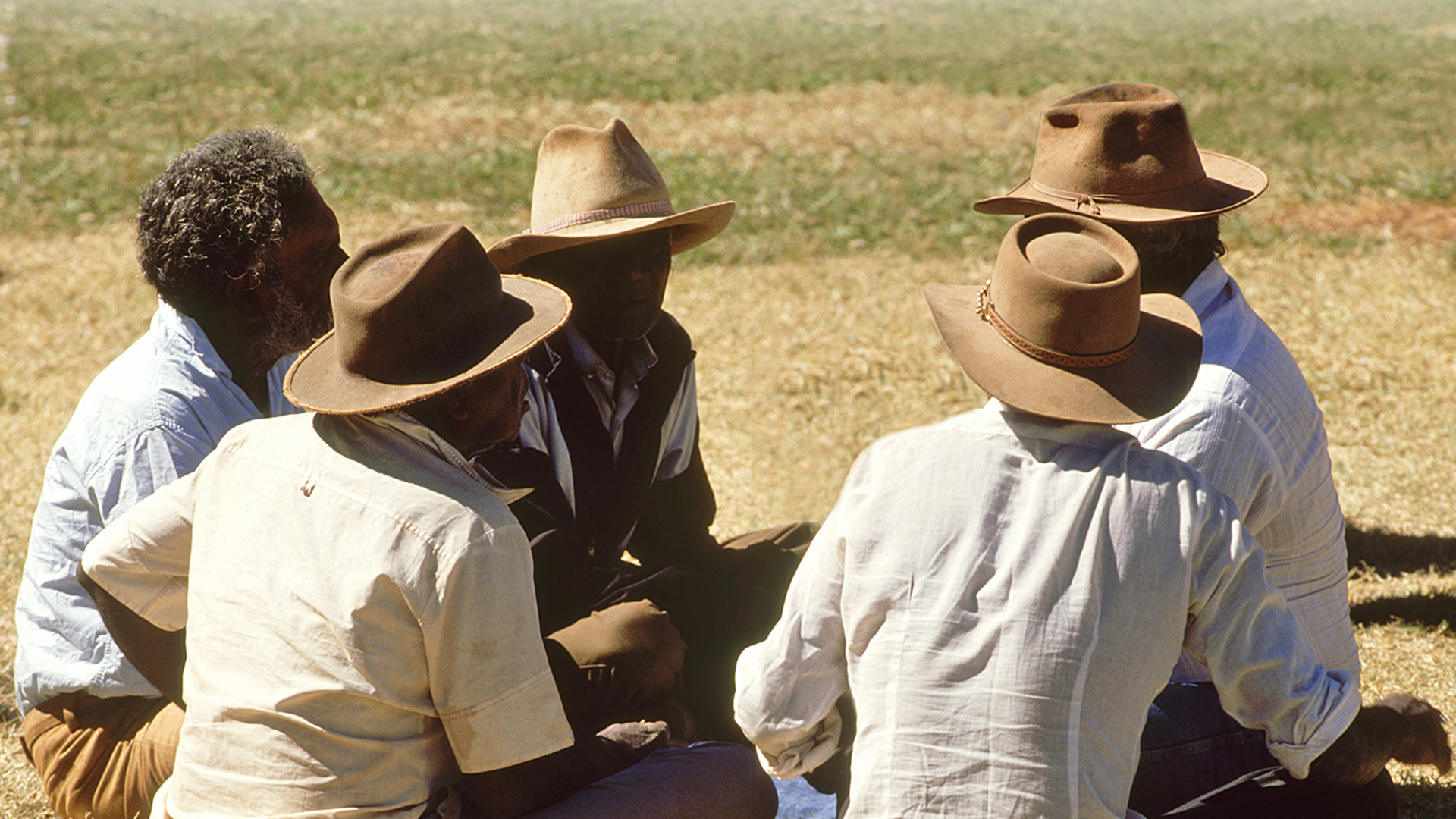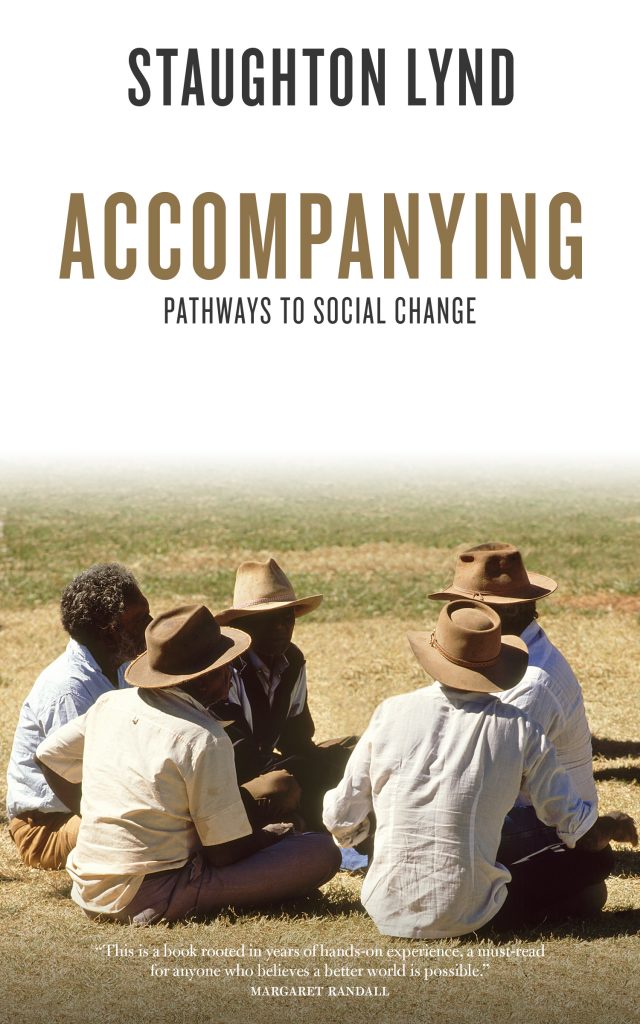by Chris Kortright
Anthropology Now
February 25th, 2014
As
an academic discipline that draws its force from work in the field,
anthropology has a long and complex relationship with movements for
social change such as anti- colonial and land claim movements as well as
agrarian insurgencies. Some anthropolo- gists use ethnography to voice
concerns and draw attention to rural and urban struggles at the local
and global scale. Although they well may be committed to the support of,
and solidarity with, social movements, more often than not their
position is that of the “expert”—positioned outside. Researchers enter a
location for an extended period of time but ultimately they return
“home.” Home is, again, on the outside. That said, there are many
intellectuals and researchers who are creating projects that challenge
this position of outside expert; they attempt to produce research
practices that involve working closely with the community, which in turn
helps to set the direction, scope and goals of the research. There is
much to learn from this approach to research practice and collaboration.
And to learn, intellectuals are beginning to listen to voices rising
from within social movements themselves.
One such voice—actually a pair of voices—is that of Staughton and Alice Lynd.
Although Staughton Lynd is author of record, his partner Alice Lynd has contributed significantly to the text; this makes for a dynamic volume informed by both their backgrounds.
They both wear a lot of different hats. Staughton Lynd is a labor historian, lawyer, author, conscientious objector, peace activist and civil rights activist as well as tax resister. Alice Lynd is an author and paralegal turned lawyer who has worked with conscientious objectors and prisoners; she is a peace and civil rights activist as well as tax resister. This small and accessible book weaves together their experiences fighting for social change with oral histories they have compiled alongside philosophical and spiritual reflections.
The Lynds distinguish two different, yet entangled, strategies of social change: or- ganizing and accompanying.
In the first part of the book, they argue that the political left should move away from long-standing practices of “organizing.” In this model, organizers are “experts” separated from those they are “organizing.” This practice of organizing has its tradition in the labor movement and is iconically represented in movies such as Norma Rae and discussed through the example of the Congress of Industrial Organizations (CIO), Saul Alinsky’s Industrial Areas Foundation Training Institute and the Student Nonviolent Co- ordinating Committee (SNCC).
Here the “organizer” is sent into a town where he or she seeks to organize and unionize a local labor force. Win or lose, the organizer eventually hits the road for the next campaign, leaving the local workers on their own for better or worse. The Lynds dismantle this model in the first half of the book to raise questions about the role of expertise in relation to projects of political engagement. “If an organizer considers that he or she already knows not only the objective to be sought but how to get there,” Staughton writes, “there is no reason to give equal importance to the people being organized. Listening, under these circumstances, will be merely tactical, asking the question: “Is there enough support ‘out there’ for our pre- planned campaign to succeed?”
In contrast to this model of teaching and tasking, “accompanying” is presented as practices of listening, learning and moving jointly—practices and experiences the Lynds believe are the first steps necessary for “walking together” into what the Zap- atistas call “another world.”
Accompanying, or accompaniment, is a loosely intrarelated set of practices centered on equality, listening and seeking consensus. Best articulated as equality of all participants, this practice is founded on listening and flexibility in which outcomes are not predetermined. But it does always require the elimination of vertical power relations (owners-workers as well as experts-community) and political alien- ation. The reader learns that understanding accompaniment is only possible through the possibility of “doing.” As a practice, rather than a model, accompaniment is explored through the work and networks of conscientious objectors and war resisters, the journey of awakening by Archbishop Oscar Romero, insurgent prisoners and the Occupy movement.
The Lynds analyze “organizing” and “ac- companiment” by looking at five social movements in which they themselves participated: the labor, civil rights, anti-war, and prisoner rights movements as well as movements emerging from Occupy Wall Street. They criticize organizing methodol- ogy and philosophy by telling the stories of those struggling for horizontal relations and practices within vertical and hierarchical situations. While analyzing the organizing practices of the CIO, for example, Staughton tells the stories of individuals such as Marty Glaberman and John Sargent whose practices fell much closer to “accompaniment” than “organizing” as they worked within their local unions challeng- ing the structure and direction of a centralized and hierarchical labor movement.
True to their own practice of listening, the Lynds present the Little Steel strike of 1937 at Inland Steel as an oral history told by Sargent. The steelworkers had failed to win a contract, but got an agreement that obligated the company to recognize and negotiate with either the Steelworkers Union or “any other organization” the workers wanted to represent them. So “the rank-n-file” took the local union in their own hands. Sargent tells the story in his own voice: “… as a result of the enthusiasm of the people in the mill you had a series of strikes, wildcats, shut-downs, slow-downs, anything working people could think of to secure for themselves what they decided they had to have.” Later when the official union was recognized as the workers’ ex- clusive bargaining power, many of the “rank-n-file” workers felt they lost power because of clauses prohibiting strikes for the life of any given agreement.
In a similar vein, the personal histories of individuals such as Sylvia Woods, Katherine Hyndman and Vicky Starr are used to illus- trate the gendered struggles of female workers as they demanded to be heard by their unions and their employers. Struggles within the SNCC are told through the stories of Ella Baker, one of its founders, who was skeptical of centralized organizing practices and institutional political structure in the early years of a movement that was a complex mixture of traditional organizing layered with accompaniment.
For “accompaniment,” too, the authors deliver a series of cases to think with. Each case articulates “a” practice of accompani- ment that is contingent upon the particularity of the place and time as well as the specific lives of those involved in the struggle. Each case offers an articulation of accompa- niment but not a blue print or formula. While looking at the Vietnam War, the Lynds track the lives and experiences of both draft resisters and conscientious objectors, but they complicate the analysis by looking at those who object to “a” war or “a” situation and not war in totality. The story of Howard Zinn as WWII soldier and anti-imperialist is placed next to the story of Hugh Thompson and his helicopter crew who not only refused to participate in the My Lai massacre but defiantly picked up Vietnamese civilians. The stories of the Vietnam War are read next to stories of resistance by soldiers returning home from Iraq and Afghanistan. Bringing the past and present war resisters together challenges the US government’s ar- gument that a “volunteer army” eliminates resistance from soldiers.
The book’s critical engagement with expertise, social movements and community- building offers ideas for anyone doing participatory action research and/or politically and community-directed research; but it also offers ways to think about the practice of anthropology. The book proposes a new language to think with and suggests that the important work is in listening and consensus making. The text might serve as a wake- up call to those anthropologists who pride themselves on listening, on taking the emic ways of knowing seriously, yet fail to engage political projects in the field in a way that can be meaningful for those with whom they work.
Much like the union organizer who can float in and out of a community, the lone intellectual who analyzes political projects in the field site, while remaining an outsider, continues to raise questions about power in the field. These are important is- sues for engaged intellectuals: about whether it is right to simply be organizers and power brokers who wander in and out of communities and whether one should cultivate intimacies and create longstanding relationships without moving toward something more collaborative.
The Lynds join a long conversation that has
been taking place in anthropology about relationships to informants,
interlocutors and collaborators. This kind of work— engaged,
collaborative, consensus-based, moving between the disciplines and the
fields—has already emerged in several instances, including the
“Community Knowledge Project” and “The Asthma Files.” Each of these
projects is structured around different communities, needs, knowledge
bases and constraints, but both are framed on an attempt to accompany
the communities with which they are engaged. Inspired by the
Environmental Justice Movements, the Community Knowledge Project is a
codesigned project that focuses on community health policy and systemic
change in Central Santa Ana. It tries to transform the relationship
between people and research by putting “on equal footing, expert and
local knowledge makers.” The project creates new ways of community
planning driven by residents while at the same time “explicitly
addresses the systems and structures of in- equality in which all humans
and nonhumans live.”
Further Reading
“The Asthma Files: A Collective Inquiry into Complex Conditions.” http://theasthmafiles.org/. Accessed December 1, 2013.
“Community Knowledge Project.” http://www. communityknowledgeproject.org/. Accessed De- cember 1, 2013.







